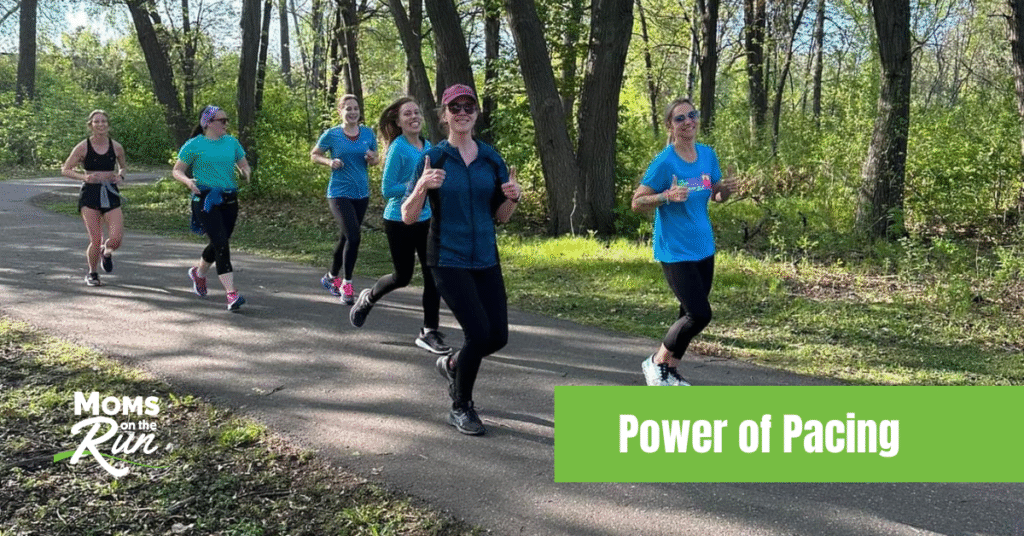One of the most important yet often overlooked skills in running is pacing, which is the ability to manage your effort throughout a workout or race. It’s not just for elite athletes or marathoners. Whether you’re training for your first 5K or chasing a new PR, learning how to pace can transform your experience as a runner. Proper pacing helps you run more efficiently, avoid burnout mid-race or mid-workout, and finish strong. Without it, even the most well-designed training plan can fall apart when the pressure is on!
When you pace well, you’re giving your body a chance to warm up, settle into a rhythm, and push appropriately based on the duration and goal of the run. Go out too fast, and you’ll likely hit the wall too early; go too slow, and you may miss out on the fitness gains your training is aiming for. Learning how to pace trains your cardiovascular system to work smarter, not harder. It teaches the mental discipline to stay calm when the adrenaline hits at the starting line or the last mile gets tough.
Proper pacing is especially critical for race day success. Runners often set goal times but forget the strategy needed to reach them. “Even pacing” (or even slightly negative splits) leads to better outcomes than starting out too fast and hanging on for dear life. In fact, research shows that runners who stick to a consistent pace throughout a race are more likely to meet or exceed their goal times. Learning to dial in your pace also improves your confidence. When you know what effort feels sustainable, you’re better equipped to adjust when needed and avoid crashing.
So how do you actually learn to pace well? Start by training with intention. During easy runs, monitor your breathing and heart rate to stay in control. On interval days, aim to keep your splits consistent from rep to rep. Try workouts like progression runs (where you gradually increase your pace) to build awareness of what different efforts feel like. If you have a smartwatch or app, use the pace or heart rate data to review how even your effort was. Over time, you’ll learn how to pace by feel—one of the most powerful tools any runner can have.
Learn more about pacing strategies from this article on Strava. Then practice!
Practicing pacing in training helps you build both physical and mental stamina. It teaches patience, discipline, and self-awareness—skills that go far beyond just running. Whether you’re pushing for a personal best or just aiming to finish feeling good, pacing gives you control over your run and your outcome. It’s not always easy, but once you master it, you’ll wonder how you ever ran without it. So take the time to learn your pace; your legs, your lungs and your racing times will all thank you!
